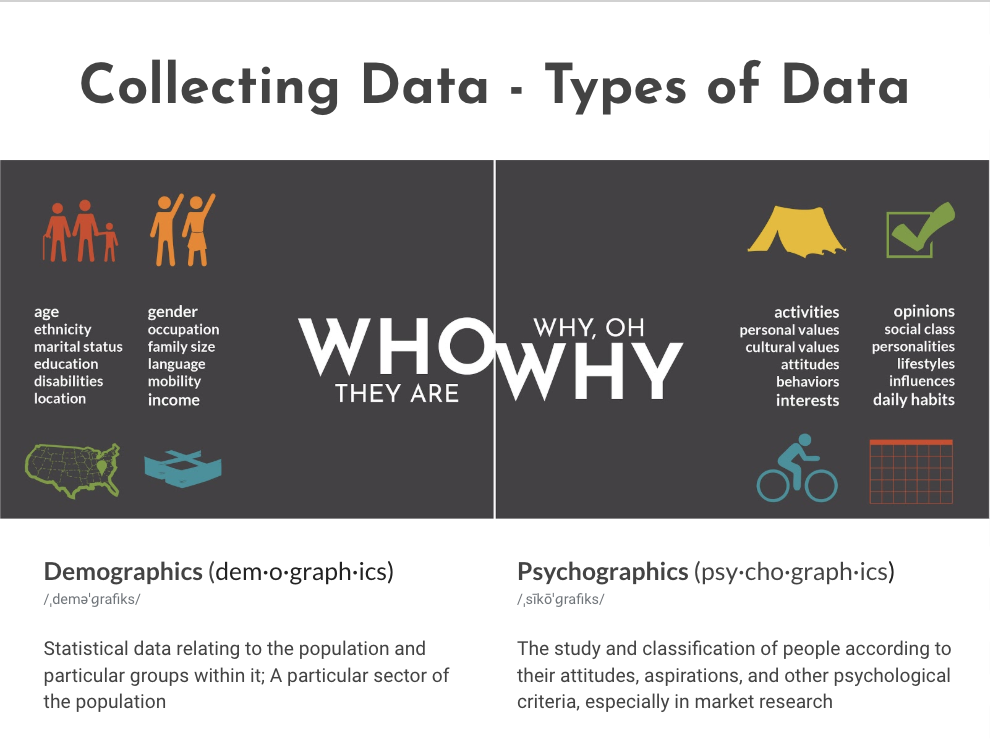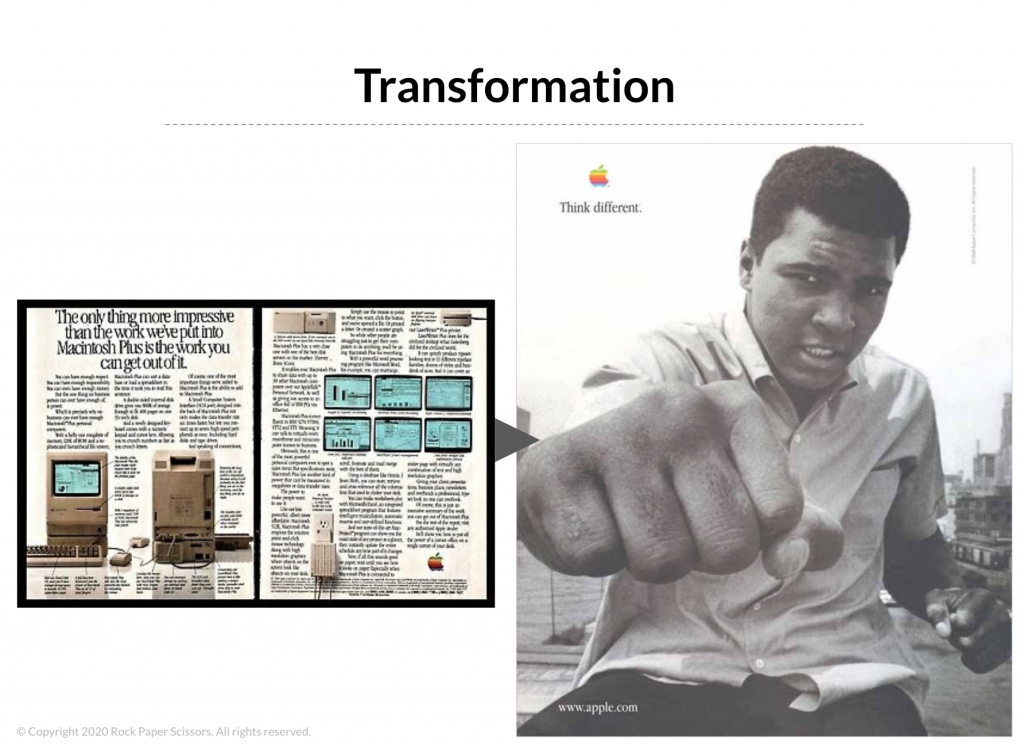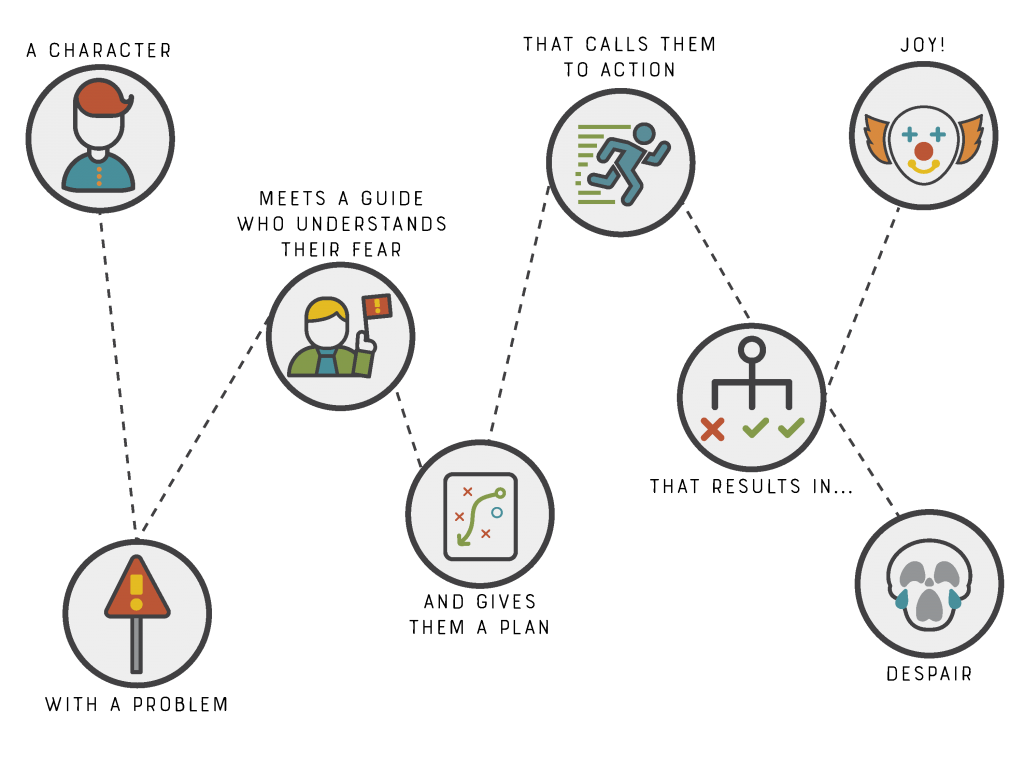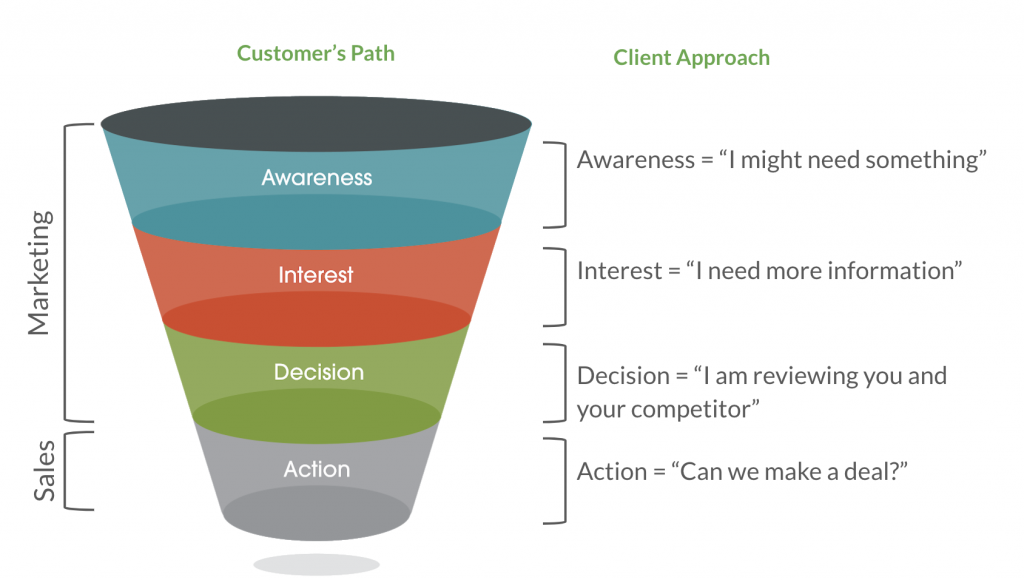When the COVID-19 pandemic seemed to bring the world to a halt, the marketing plans you had made for your business probably flew out the window. During the time of social distancing, we’ve seen businesses forced to close their doors or find new ways to continue serving their customers. The ways they marketed before didn’t necessarily fit in this new reality, and learning to pivot your marketing plans has become an essential part of the life of businesses and organizations around the globe.
But How Do You Market When Things Are So Different?
That’s a great question and there are multiple pieces to the answer. First, it’s important to remember that you still need a marketing plan. Having a plan in place means you are creating messages and sending out information with intention, rather than approaching your marketing from a reactionary state and shooting from the hip, hoping for the best.
Also, remember there are really two primary goals to marketing: to convert your audience and to grow it. When you can’t focus on conversion, turn your efforts to focus on growth. This starts with understanding your target audiences.


Audience Profiles
The first step we like to recommend when it comes to understanding your audience is to create audience profiles. This exercise offers a quick look at the types of people you’re hoping to connect with and a bit who they are and how they think. Having this information on hand will be extremely helpful as you craft your marketing plans.

When creating an audience profile, you’ll want to take a look at demographic factors like age, ethnicity, location, education, income, and occupation to name a few, as well as psychographic factors like what activities they enjoy, their personal and cultural values, interests, opinions, lifestyle, and social class, attitudes, behaviors, interests, and lifestyle and daily habits.

You also want to consider what pain points these people might be facing as it relates to what you have to offer and their mindset, giving special consideration to what new pain points they may face when a crisis hits. Consider questions like:
- What are your audience’s concerns related to your product or service?
- What has happened in the past that led your audience members to this point of concern?
- What about your product or service matters most to your audience members?
- How does your product or service solve a need, pain, or make your audience feel good?
- How does your product or service better the life of your audience members?
- What goes through the minds of your audience members before they purchase your product or service?
- What is the “final straw” that makes your audience pull the trigger and move forward with your product or service over others?
Once you’ve had a chance to learn more about your audience members’ mindset, you can start thinking about your messaging.
Messaging
Think about Steve Jobs and his role at Apple. When they were getting ready to put their first computers on the market, Jobs took out a multi-page ad that shared every detail possible about the computer. Years later, after Jobs had been fired from Apple, worked with Pixar, and then rehired by Apple, his next ad was much more simple. One image (that wasn’t even a computer) and two words: Think different.

Contrary to what you may believe, simple is best when getting a message across that will resonate with an audience, especially in the day of information overload. Donald Miller once said that “The clearest communicator will win” and that really is true. The quicker you can get your message across to your audience in a way that’s easier to understand, the better chance you have of gaining their business.
The best way to clearly communicate is to make your audience members the hero of your story, rather than your product or service. The hero’s journey is a storytelling format you’re probably familiar with without realizing it. If you’ve ever watched a Star Wars or Avengers movie, then you’ve seen this type of storytelling in action. Miller’s book Building a Story Brand breaks this journey (shown below) down to show you how you are the guide that gives your character a plan and a call to action to help solve the problem they are experiencing. A key element of this is showing how the character’s response to the call to action can result: either experiencing joy and satisfaction because their problem was resolved or their need was met, or the despair they could feel if they choose something else that doesn’t meet the need at hand.

Marketing Channels
Once you understand your audience members better and know how to create messages that make them the hero of the story, it’s time to figure out what marketing channels you’ll use to send those messages out. Before you start making decisions on which channels to use, you need to know where all the channels fall in the customer’s journey through the sales funnel.

The sales funnel illustrates the path we all take when making a purchasing decision. It starts with the customer’s realization that they might need something and their initial awareness of your product or service. From there, interest is piqued as they start looking for more information to help them make the decision between you and the competition, and ultimately taking action when they are ready to make a purchase. How you show up with information along the way not only helps your audience members make well-informed decisions, but also builds trust along the way.
With a better understanding of the sales funnel and the customer’s journey, you can then start to select and prioritize your marketing channels based on that approach. Use the audience profiles you created earlier to select the marketing channels your audience already uses, and then cross-reference that to the sales funnel to ensure you have channels to support your audience along their entire buying and decision-making process.
Set S.M.A.R.T.E.R Goals

Before you start putting any marketing plans into place, you need to think about your goals. In a time of crisis like the coronavirus pandemic, you may need to pivot and focus more on growing your audience then converting your audience so your goals should help you accomplish that. Rather than increasing sales, you may need to think about what you want your audience to come away from this crisis period remembering your organization for. What can you do to speak to our current situation and stay top of mind with your customers? How can you engage with them to show them you care and will be here when everything is over?
If you’re not sure where to start, a S.W.O.T. analysis is a great place to begin. By taking the time to list out your strengths, weaknesses, opportunities, and threats, you can take stock of where you’re currently at and come up with a vision based on your current reality. Ask yourself questions like:
- What’s going well? What works? What are our biggest successes?
- What isn’t going so well? Where are we falling short?
- Where do we need to improve?
- What is the competition doing that we aren’t?
- What have we learned that we can implement moving forward?
Once you’ve completed your S.W.OT. analysis, you’re ready to start setting S.M.A.R.T.E.R. goals. You’ve probably heard of S.M.A.R.T. goals before, but Michael Hyatt takes it a few steps farther and says you can improve your chances of achieving your goals with this goal-setting format. S.M.A.R.T.E.R. goals should be:
- Specific enough to focus and direct your energies
- Measurable so you can keep track of your progress
- Actionable with a clear initiating verb that prompts specific activity
- Risky enough to leverage our natural tendency to rise to challenges
- Time-keyed so you’re prompted exactly when to act
- Exciting enough to inspire and harness the power of your intrinsic motivation
- Relevant within the overall context of your life
Once you have your S.M.A.R.T.E.R. goals in place, you’re ready to start putting your marketing plans into action so you can meet your audience where they are in our new reality.
If you’re not sure where to start or how your marketing plans need to be pivoted for crisis mode marketing, we can help. Contact us to learn more about our 60-minute marketing consultations.


